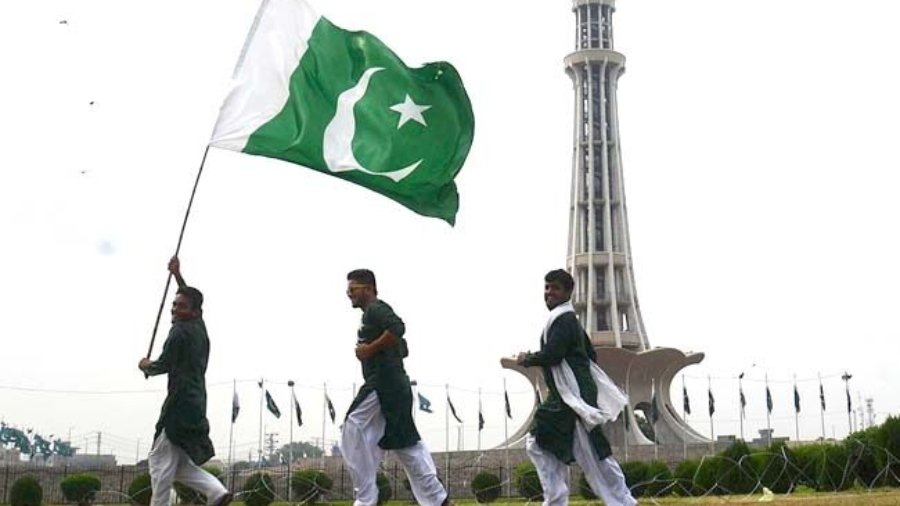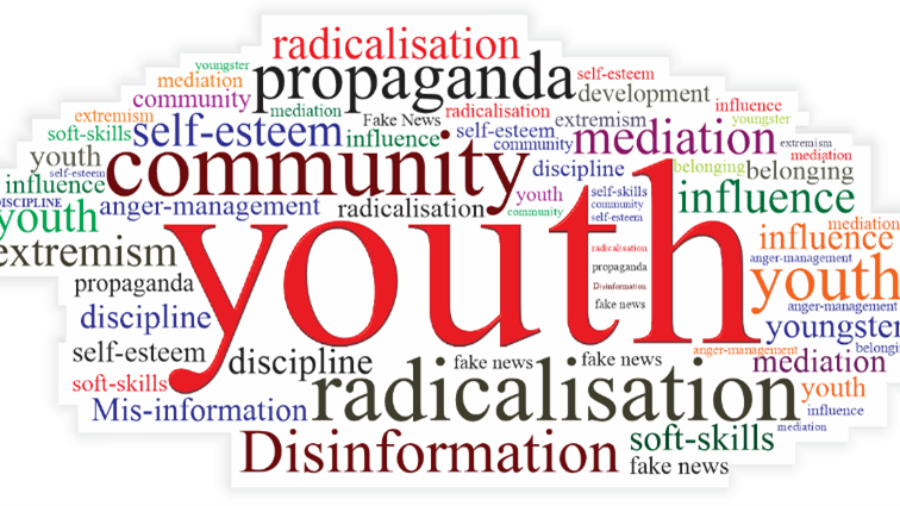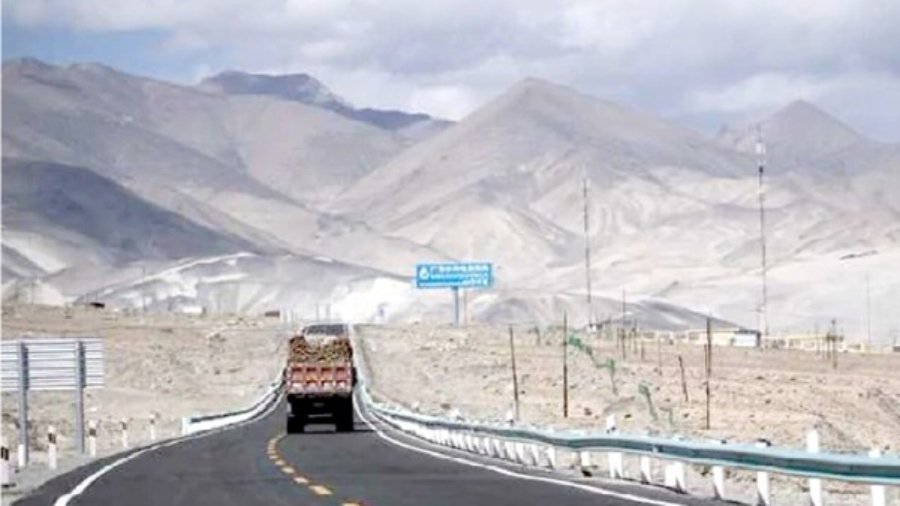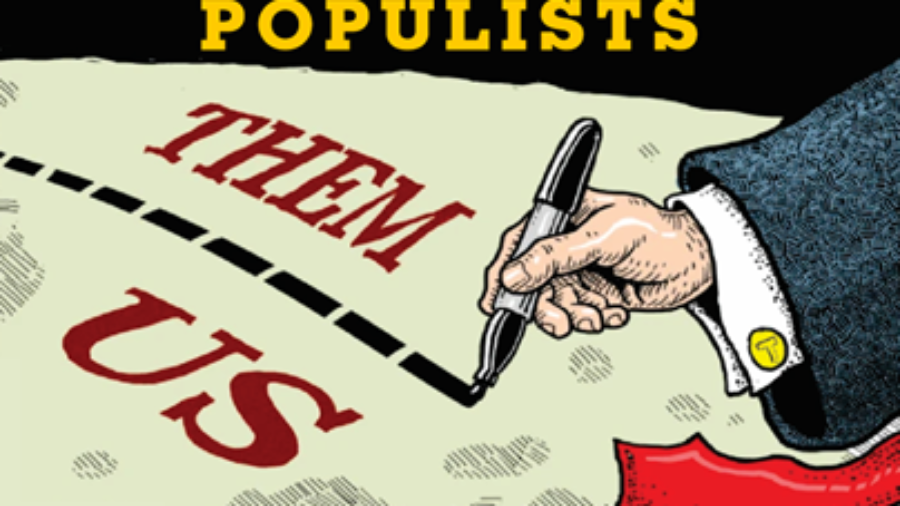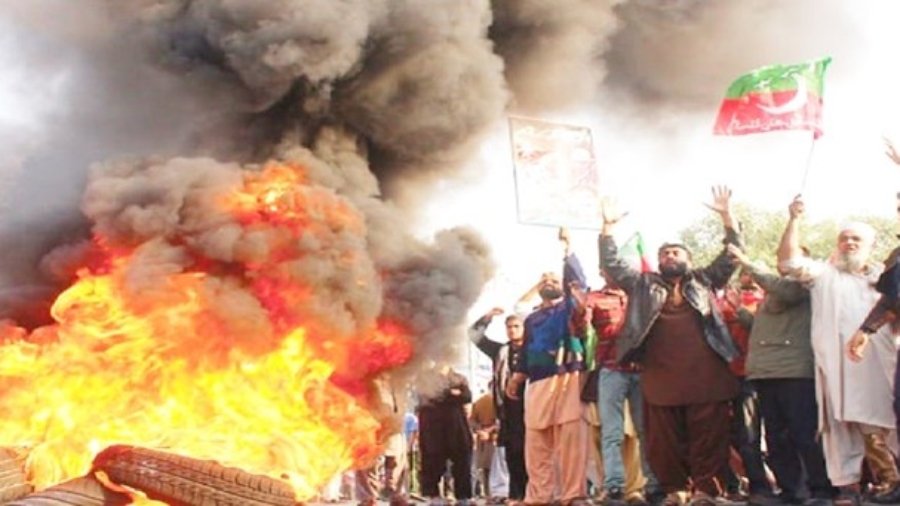Regional Connectivity: Key To Prosperity For The Region
FARZANA SHAH
Regional connectivity refers to the infrastructure and networks that connect different regions within a country or between neighbouring countries. It encompasses various modes of transportation, such as roads, railways, airports, seaports, and telecommunications. Regional connectivity plays a crucial role in the development and prosperity of regional states for several reasons. Pakistan’s geographical location makes it a natural hub between the most populated regions of the world that can play a pivotal role in regional connectivity between Central Asia, India, China, and the Middle East. Central Asian states are landlocked geographies without any seaport. Pakistan offers land-bridge for these states connecting these to the Arabian Sea through Gwadar and Karachi ports.
Unfortunately, due to various geopolitical reasons, Pakistan is yet to capitalise on its naturally gifted geography. Prolonged conflict in Afghanistan, issues like Kashmir, border tensions between India and China, and meddling of foreign powers have kept the entire region hostage to territorial conflicts and mutual mistrust among regional states.
For Pakistan, regional connectivity is the key to geo-economic transformation, which is long overdue and perhaps is the only option for the country to turn around its economy. The need for regional connectivity is already there in the region but there is no solid unified plan to reap its benefits.
Before addressing how to overcome these challenges, let’s take a look at how regional connectivity can enhance the prospects of common development and growth across the region and how Pakistan can benefit from it specifically.
Economic Growth: Enhanced regional connectivity facilitates the movement of goods, services, and people, which boosts trade and commerce. It creates opportunities for businesses to expand their markets, access raw materials and resources, and establish efficient supply chains. Improved connectivity stimulates economic growth, generates employment, and attracts investments, thereby improving the overall prosperity of the regional states.
Pakistan’s regional connectivity initiatives, such as the China-Pakistan Economic Corridor (CPEC), aim to enhance economic integration between Pakistan and its neighbouring countries. CPEC, a flagship project of the Belt and Road Initiative (BRI) by China, involves the development of infrastructure, energy, and trade corridors, connecting the deep-sea Gwadar Port in Pakistan to China’s northwestern region. This connectivity brings enormous economic opportunities, including trade facilitation, industrial development, investment inflows, and job creation.
Trade and Investment: Efficient regional connectivity enables seamless trade and investment flows. It reduces transportation costs, transit times, and trade barriers, making it easier for businesses to engage in cross-border trade. Regional states can leverage their geographical proximity to establish economic corridors and special economic zones, attracting multinational corporations and promoting Foreign Direct Investment (FDI). Improved regional connectivity would allow Pakistan to expand its trade opportunities and gain better market access. With efficient road and rail networks linking Pakistan to China, Central Asia, and beyond, the country can tap into new markets and establish stronger trade relationships. Reduced transportation costs and transit times will make Pakistani products more competitive in regional and international markets.
Energy Security: Energy security is a growing strategic concern for every state today. Regional connectivity also offers energy security by opening new options for energy imports for states facing energy crises.
Regional connectivity projects, particularly those related to energy infrastructure, are contributing to Pakistan’s energy security. CPEC includes the development of power plants, transmission lines, and energy corridors, addressing Pakistan’s energy deficit. These projects aim to overcome energy shortages, diversify the energy mix, and enhance energy connectivity with neighbouring countries, ensuring a reliable and sustainable energy supply.
Tourism and Cultural Exchange: Accessible regional connectivity encourages tourism and cultural exchange. Well-connected transportation networks facilitate the movement of tourists between different regions, enabling them to explore diverse attractions and experience various cultural traditions. This promotes tourism development, generates revenue, and fosters cultural understanding and appreciation among regional states.
Pakistan possesses diverse landscapes, historical sites, and cultural heritage. Enhancing regional connectivity can boost tourism, attracting domestic and international visitors to explore the country’s scenic beauty and rich cultural heritage. Easy access to neighbouring countries can also promote cultural exchange, tourism cooperation, and people-to-people interactions, fostering greater understanding and appreciation among different nations.
Social Integration and Connectivity: Regional connectivity strengthens social ties and promotes integration among regional states. Efficient transportation networks allow people to connect, communicate, and interact more easily, fostering social cohesion and cultural exchange. It facilitates the exchange of knowledge, ideas, and expertise, leading to collaborative efforts in areas such as education, healthcare, and research.
Regional connectivity has the potential to uplift Pakistan’s socio-economic conditions. Improved transportation networks connect remote and underdeveloped regions to major economic centres, enabling the flow of investments, resources, and opportunities. This can help bridge development gaps, reduce regional disparities, and uplift the quality of life for people in previously marginalized areas.
Disaster Management and Emergency Response: In times of emergencies or natural disasters, regional connectivity plays a vital role in facilitating rapid response and relief efforts. Well-established transportation and communication networks enable the efficient movement of emergency personnel, supplies, and resources to affected regions. Effective coordination and information sharing are critical in mitigating the impact of disasters and ensuring the safety and well-being of the affected population.
Pakistan is located in a region most affected by climate change and the adverse impact on its local infrastructure. Regional connectivity can help reduce the impact of climate change-induced disasters like floods where roads get damaged and people become stranded particularly in the northern regions. In such a scenario, road networks running through neighbouring countries like Afghanistan can provide an alternative to flood-affected people.
Regional Security and Stability: Robust regional connectivity can contribute to enhanced security and stability. Well-connected regions promote closer cooperation and coordination in areas such as border control, intelligence sharing, and law enforcement. Improved connectivity can help address security challenges, such as the movement of illicit goods, human trafficking, and cross-border crimes. Strengthening regional connectivity can contribute to stability and peace in the region. Enhanced economic integration and connectivity foster closer ties between countries, leading to improved cooperation, mutual understanding, and shared interests. By promoting economic interdependence, regional connectivity initiatives can potentially reduce tensions and conflicts, promoting a more peaceful and stable environment.
Pakistan can bring peace to its restive northern border through large-scale regional connectivity initiatives with Iran and Afghanistan. Opening trade and humanitarian corridors with India can play a vital role in developing peace on the eastern border as well. Kartarpur corridor opening was a right step in this direction. Other opportunities must be explored by the government of Pakistan.
Infrastructure Development: Regional connectivity investments not only improve transportation networks but also stimulate infrastructure development and construction activities, creating employment opportunities and boosting the local economy.
Pakistan’s geographical location makes it a potential transit and transport hub between South Asia, Central Asia, and the Middle East. By improving regional connectivity, Pakistan can establish efficient transportation corridors, including road, rail, and air routes, facilitating the movement of goods and people. Challenges and Way Forward
This opens up opportunities for transit trade, transshipment, and logistics services, bringing economic benefits and positioning Pakistan as a key regional player. But without proper planning, long-term political ownership, and confidence-building measures with India, the larger dream of regional connectivity will remain a distant dream.
CPEC/BRI are great regional connectivity initiative by China and Pakistan which has attracted regional countries as well but at the same time, these initiatives have been seen through a geopolitical lens in certain capitals; hence were declared as threats. China, India and Pakistan are all part of the SCO organization which can serve as the best platform for Islamabad to initiate diplomatic overtures on the regional level for a greater regional connectivity network to promote and reap all the above-mentioned benefits for all regional states. The foundation for such diplomacy will demand every state to withdraw from hard positions, at least on diplomatic levels, so that progress can be made on regional connectivity initiatives which can bring a complete socio-economic turnaround in the subcontinent where the largest portion of the global population is living below the poverty lines.
In summary, regional connectivity is of great significance to Pakistan as it offers substantial economic benefits, enhances trade and market access, ensures energy security, establishes Pakistan as a transit hub, promotes regional stability, drives socio-economic development, and boosts tourism and cultural exchange. These factors highlight the critical role of regional connectivity in shaping Pakistan’s and the region’s future growth and prosperity.





